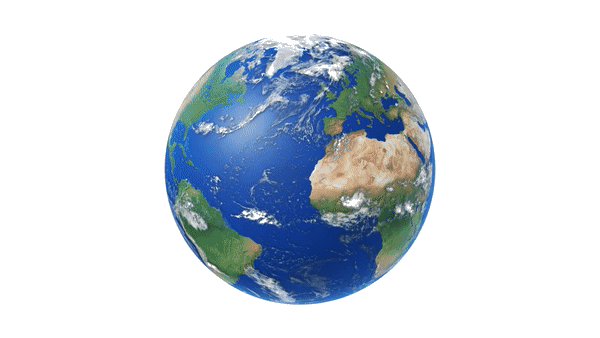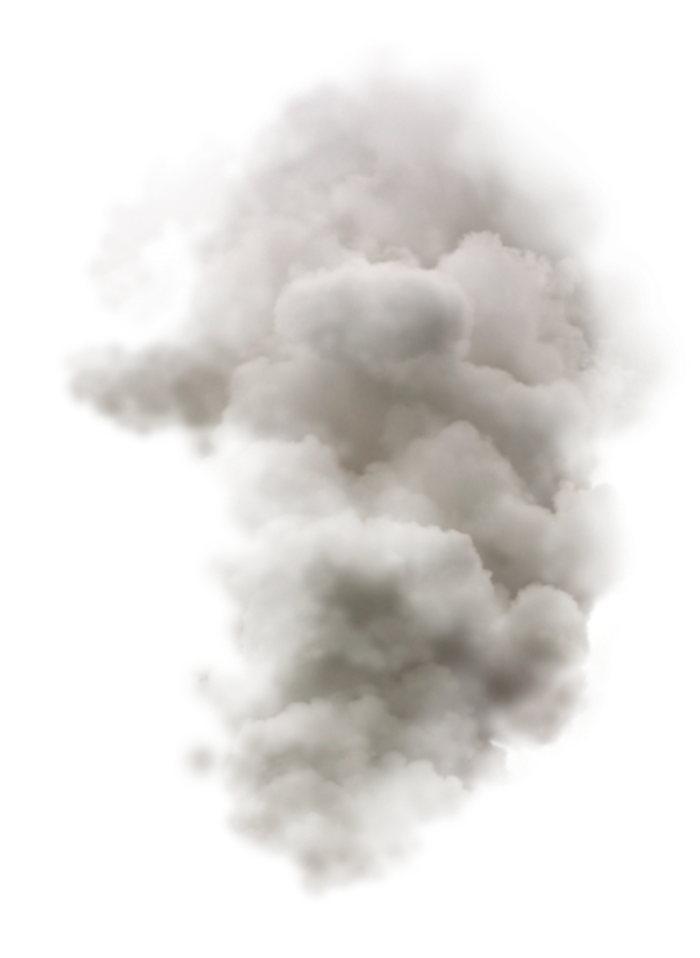Seasons, cycles, phases, and orbits—in the Earth and space science discipline, students learn that the universe is in constant motion and how we are going along for the ride! A guiding question introduced at the start of each BrainPOP Science investigation sparks curiosity and sends middle schoolers on a three-dimensional learning path of discovery.
Our collection of comprehensive science units and learning resources come alive through simulations, data manipulatives, and BrainPOP 3D Worlds™. An embedded Claim-Evidence-Reasoning (CER) process guides and supports students as they explore phenomena, ask questions, gather evidence, and back up their claims—just like real scientists.
Take students on adventures in Earth and space science
A look into Earth and space investigations in BrainPOP Science
Each BrainPOP Science 3D World is an immersive experience filled with observable scientific clues embedded in a virtual environment. Through a compelling narrative with prompts, students engage their critical thinking skills while weighing solutions to real-life problems. Embedded teacher guides offer support for implementing 3D Worlds as part of an investigation.
Immerse middle schoolers in 3D Worlds

Investigation—Human Impacts on the Environment
In the Great Plastic Cleanup Project 3D World experience, students are transported to the middle of the ocean to examine the effects of plastics on organisms and explore solutions to this problem. Students test out two prototypes for removing plastics from the ocean, weighing challenges and constraints for each.
Guiding Question
How do we solve the problem of plastics in the ocean?
Making connections between relatable moments in students’ lives and scientific concepts activates prior knowledge and sends students on an inquiry-driven path of discovery. Guiding questions and prompts lend themselves to collaboration and discussion while reinforcing cross-cutting concepts. Downloadable teacher guides include an investigation roadmap, ideas for differentiation, as well as turn-and-talk opportunities.
Activate connections and student collaboration

Investigation—Rock Strata and Earth’s History
To kick off the investigation and begin the process of answering the guiding question, students examine an image that may seem very familiar to them—an overflowing laundry basket with layers of dirty clothes. By answering prompts, students are guided to connect their thinking with how geologists study rock layers.
3. Describe how the location of the photographer in the second image is ideal for observing a full circular rainbow.

In investigations, middle schoolers have the opportunity to read independently or in groups to deepen and extend their understanding of topics. Related Readings also help students build vocabulary and confidence with reading informational texts, while collecting data to answer the guiding question. Articles are integrated with Microsoft Immersive Reader to support all learners and are available in 45 language translations.
Deepen learning with Related Reading

Investigation—Milky Way and Other Galaxies
Middle school students learn how over 13 billion years ago, the universe started to form from just three ingredients—gases, dust, and gravity. Reading how the Milky Way, and many other galaxies formed enables students to collect observations from text to answer the guiding question.

Earth and space science investigations for your middle school classroom
Explore a wide range of ready-to-use investigations designed to complement any middle school science curriculum and support all your instructional objectives.




The Universe and Its Galaxies
-
Milky Way and Other Galaxies

Our Solar System
-
Orbital Motion

The Earth-Sun-Moon System
-
Earth's Seasons
-
Phases of the Moon
-
Eclipses of the Sun and the Moon

Water and the Hydrosphere
-
Earth's Water Cycle

Rocks and Minerals
-
Formation of Minerals
-
Classifying Minerals
-
Earth's Rock Cycle
-
Sedimentary Rocks
-
Weathering, Erosion, and Deposition

Plate Tectonics
-
Plate Boundaries
-
Evidence of Plate Tectonics
-
Volcano Formation
-
Geologic Hazards

Fossils and the Geologic Time Scale
-
Geologic Time Scale
-
Rock Strata and Earth's History

Earth's Resources
-
Renewable and Nonrenewable Resources
-
Alternative Energy

Human Impacts on Natural Resources
-
Human Use of Natural Resources
-
Human Impacts on the Environment

Weather Patterns
-
Weather Patterns
-
Ocean's Impact on Weather
-
Extreme Weather
-
Predicting Hurricanes

Climate and
Climate Change
-
Weather vs. Climate
-
Global Climate Change
-
Human Impacts on Climate Change
Guiding Question
Where does sand on the beach come from?
Guiding Question
What caused ice to break away from the glacier?
Guiding Question
Why are diamonds used in industrial drill bits?

Our three-dimensional approach to science is designed to complement the latest standards for all 50 states, including NGSS, the NRC Framework, TEKS, and NGSSS. Throughout BrainPOP Science investigations, teachers can leverage built-in formative assessments with question types that prepare students for the rigors of state testing.
Aligned to all state standards




Ignite the power of inquiry for middle school students and help deliver powerful, standards-aligned instruction.
Request a BrainPOP Science pilot or demo today







